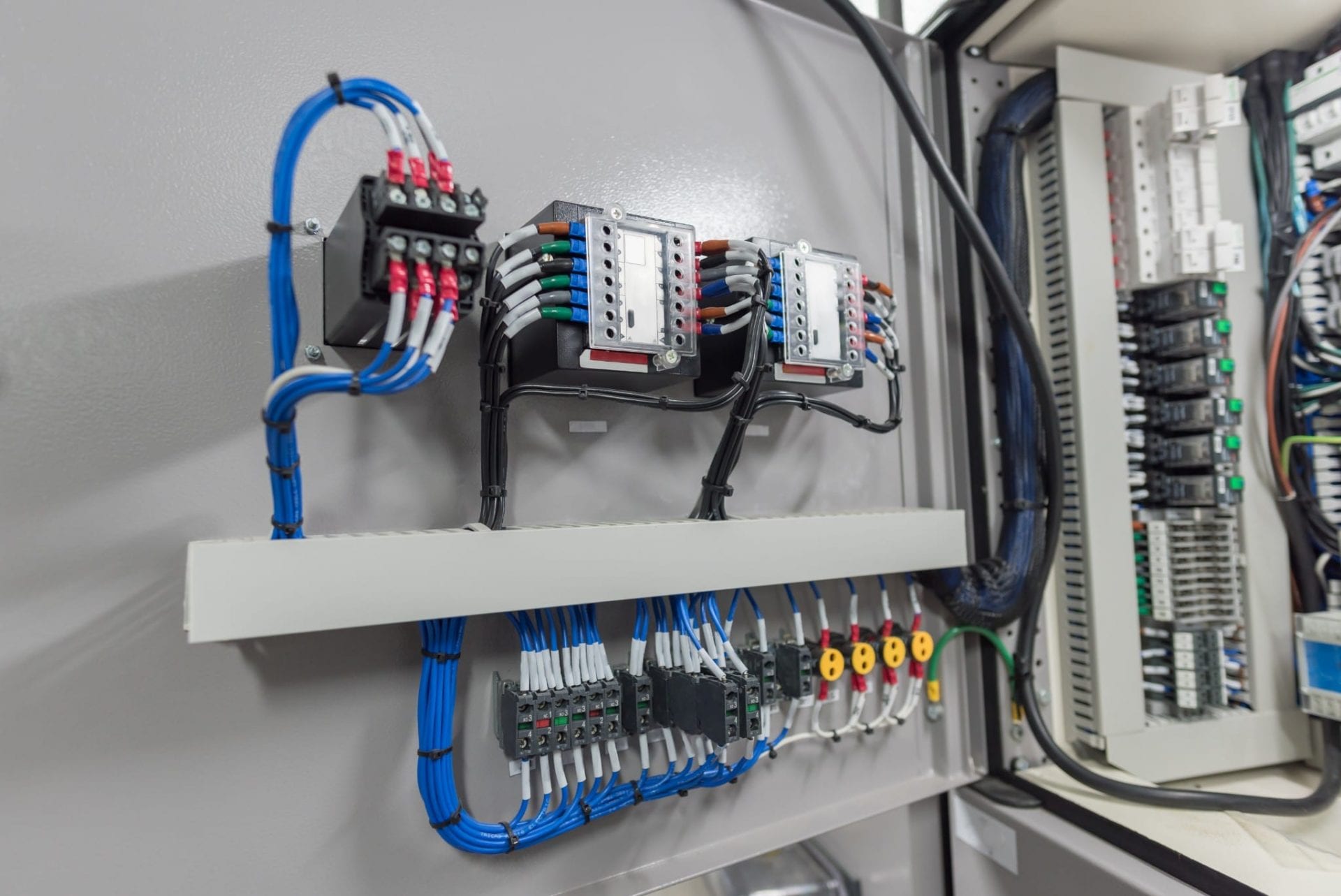The Fundamentals of Electrical Wiring: A Beginner's Guide

The electrical wiring is an essential element of every home and understanding it is important for every homeowner. Not only does it help to ensure the smooth running of your house, but it is also crucial for your safety. In this article, we’ll go over the fundamentals of electrical wiring and the importance of safety as well as the benefits of hiring a licensed residential electrician for all your electrical wiring requirements.
Understanding the basics of electrical wiring
Wiring for electrical purposes is the set of electrical conductors that run through your house, delivering electric power to appliances as well as lighting fixtures. It is formed by electrical circuits which connect the power source and your appliances. Electrical circuits are made up of switches, wires, and other electrical components that work to form a secure and efficient electrical system. There are different types of electrical wiring, such as copper, aluminum, and wire insulation types such as PVC or rubber.
Preparation and Planning for Electrical Wiring
Before you install the new wiring for electrical use, it is important to consider many aspects to take into consideration, such as the type of wiring you need, the capacity for your current electrical systems and the power requirements you require. In addition, it is essential to know about electrical rules and regulations for wiring as well as the permits that are required in your region. To prepare your electrical wiring system, design an electrical plan, and then assess your electrical requirements. This will help make sure that the electrical wiring is secure efficient, reliable, and meets your power requirements.
Materials and Tools Needed to conduct electrical wiring
When installing new electrical wiring, it is important to have the right equipment and materials on hand. Tools that are essential include strippers, wire cutters, pliers, as well as a voltage tester. Other items required for electrical wiring comprise electrical tapes, wire nuts, conduit along with electrical boxes. It’s also beneficial to have a wiring diagram that will help you with the installation process.
Step-by-Step Guide for Electrical Wiring Installation
The installation of electrical wiring is a complex process However, with the proper tools and knowledge, it can be done safely and efficiently. Here is a step-by-step guide for installing new electrical wiring at home:
Turn off the power to the area where you will be working.
Design the wiring layout and mark where the wiring will be positioned.
Install electrical boxes and conduit when needed.
Cut and strip the wires until the appropriate length.
Wires should be connected to fixture or device you are wiring.
Make sure the wires are secured by using the wire nuts or electrical tape or even conduit straps.
Check the wiring to make sure it is functioning properly.
In the process of installing it is essential to adhere to wiring installation best methods and suggestions. Be aware of common mistakes that you should avoid while installing wiring, for example, over-loading the circuits of damaged wires as well as using the wrong type of wire.
Troubleshooting Electrical Wiring Issues
Even with careful planning and installation, electrical wiring issues can arise. The most frequent issues are wiring problems, overloads in circuits, and electrical shorts. To solve these issues, it is important that you are aware of the most common electrical wiring problems and understand how to safely and effectively address them. In addition, it is essential to follow the proper electrical safety protocols when troubleshooting electrical wiring issues like shutting off the power source and wearing safety equipment.
Conclusion
Understanding the the electrical wiring inside your home is essential for your safety and the efficient operation the electrical systems. It is crucial to engage an authorized electrician to ensure that your wiring is set up and maintained in a proper manner. In Local Electrician Western Sydney, we provide various electrical services, including electrical wiring installation and repair. Contact Local Electrician Western Sydney at 1300 610 481 to discuss all your electrical wiring needs.
Electrical Wiring FAQ
Here are some commonly asked questions regarding electrical wiring, along with other safety guidelines and the best methods for electrical wiring repair and installation:
What kind of wire do I need to use to wire my electrical circuit?
The kind of wire you should use for your electrical wiring will depend on the specific requirements of your home and the local building code. It is important to use the appropriate gauge of wire, insulation type, and wire material to ensure the safety and efficiency for your wiring system.
Can I install an electrical wire of my own?
While it is feasible to create the wiring yourself, it is crucial to have the knowledge and experience to install it safely and efficiently. In the majority of cases, it is recommended to engage an experienced electrician to ensure your wiring is set up and maintained correctly.
How often should I have my electrical wiring inspected?
It is recommended that you examine your electrical wiring at least every 10 years, or when you spot indications of electrical issues, such as frequent trips to the circuit breaker or electrical shocks.
What do I do if discover electrical wiring issues in my house?
If you spot any electrical wiring issues in your home, such as flickering lights or outlets that don’t function, it’s important to take action immediately. Switch off the power source to the area in question and call a licensed electrician to determine and fix the issue.
By following these tips and best practices, you can make sure you have electrical connections that are secure and operating correctly. Be sure to put safety first and seek out a licensed electrician whenever you need to. Call Local Electrician Western Sydney at 1300 610 481 for all your electrical wiring requirements.
